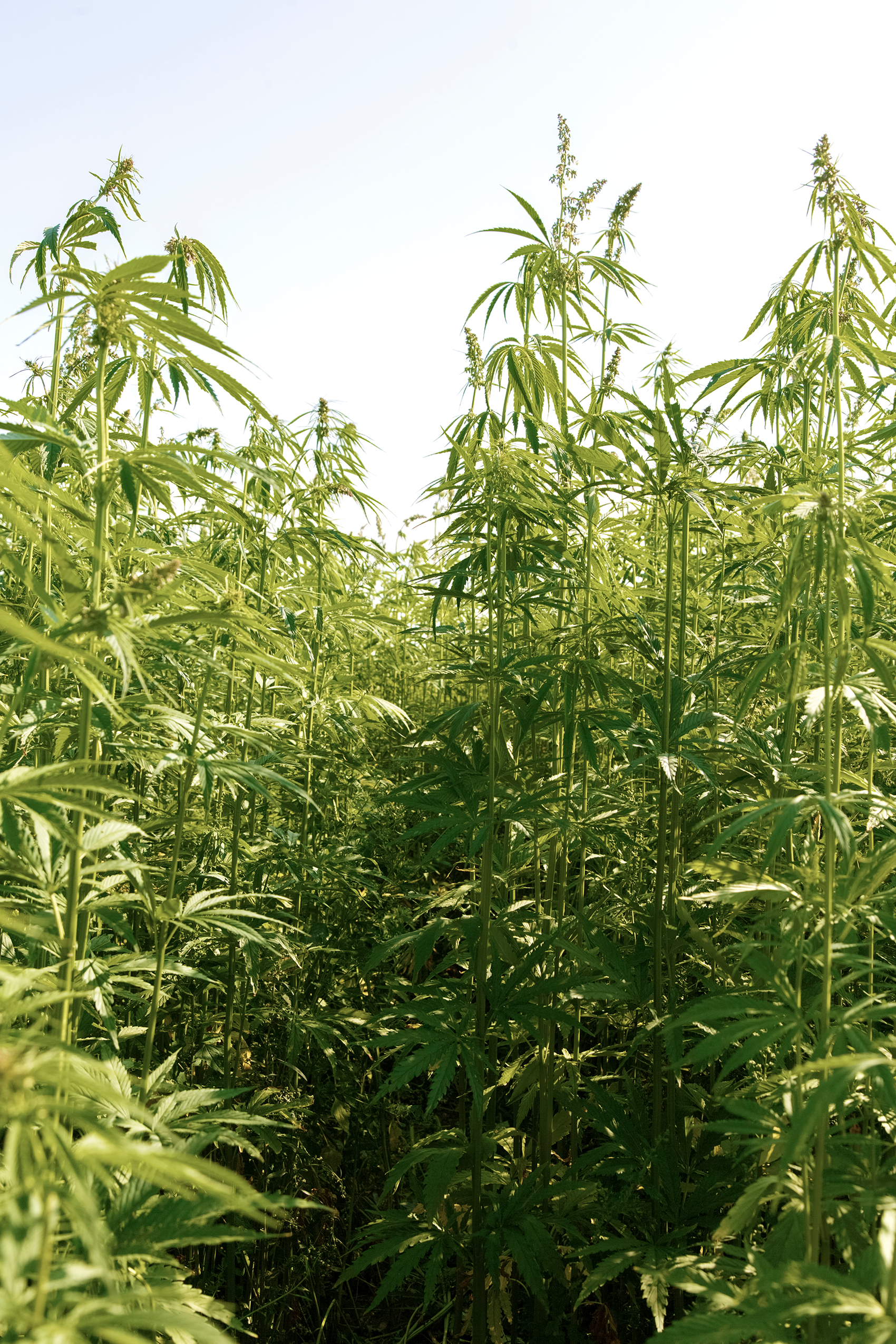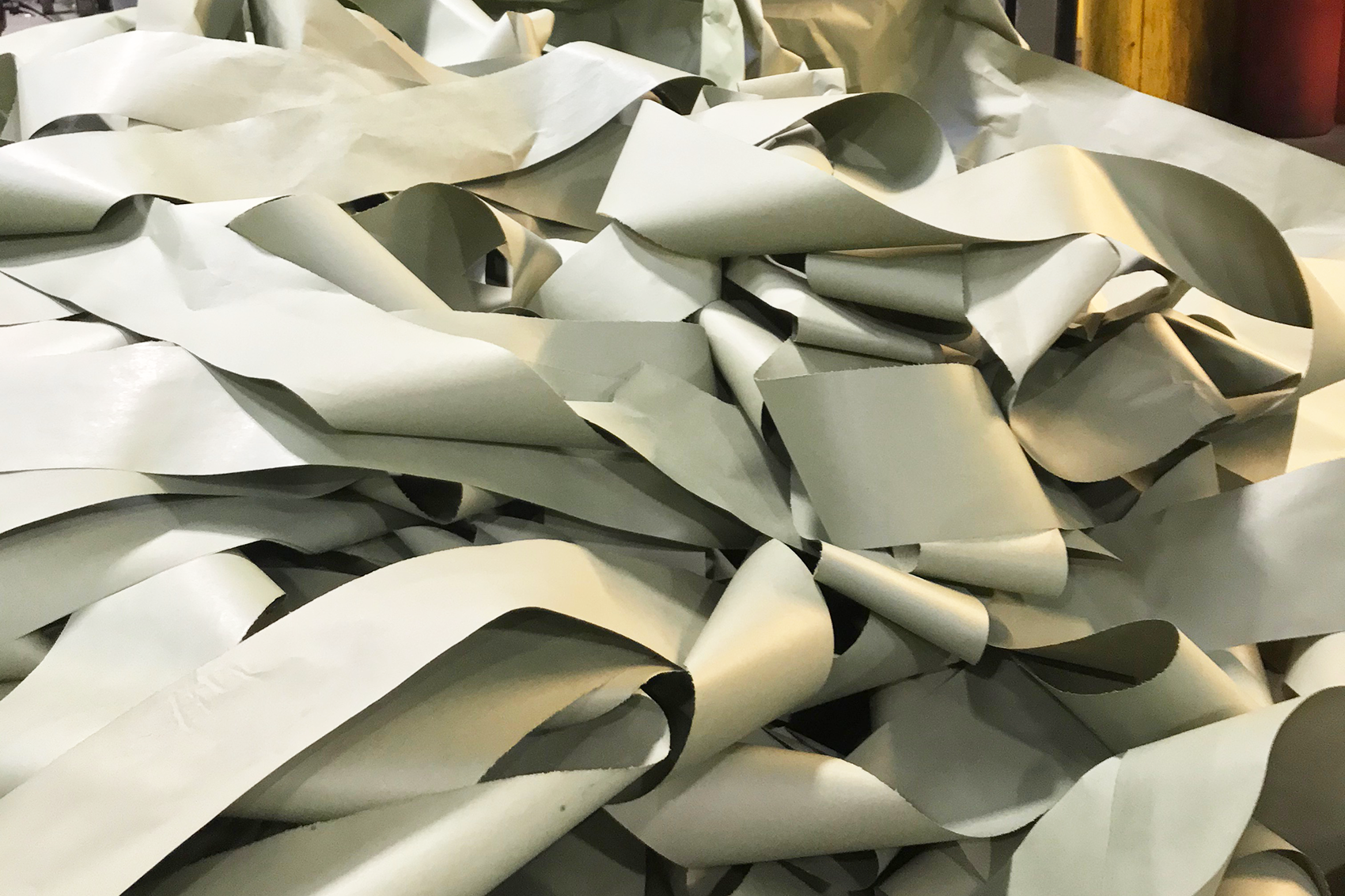Reimagine Hemp
Making paper with hemp contributes to the growth of a sustainable supply chain for this rapidly renewable fiber source. Every sheet of Mohawk Renewal Hemp is made with 30% hemp fiber.
Hemp Field
Hemp fiber is rich in cellulose, just like wood—but it grows much more quickly.
Sustainability with a Story
Mohawk Renewal
Miscanthus
Miscanthus is a carbon-neutral grass that boasts a strong and versatile fiber composition, resulting in paper that is both beautiful and sustainable.
























